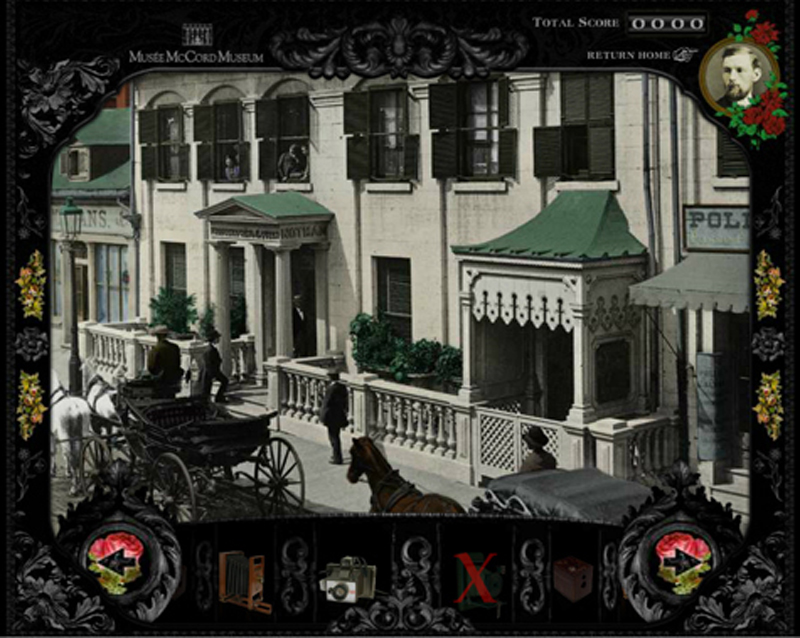Kids? History? Are we talking oil and water?
Maybe, but many popular kids games are packed with history both real and imagined. They are a rich source of material.
History class can be intimidating for elementary school kids—unfamiliar names and places, dozens of dates—it can become an exercise in memorization rather than an exploration. We know history is enthralling (ever see kids in the Egypt wing of the Met?), and given the right hooks, kids bring the past to life for themselves. So how do we make history relevant for kids?
Games can do it. Done well, a game can introduce kids to almost any subject. They’re fun, compact, and have an instantly familiar structure—give a kid a game and they know exactly what to do with it. The trick is to integrate learning into actual gameplay, rather than just adding it on top.
In many learning games, educational content is peripheral—”if you want to learn more, click here.” This misses the core power of games as an educational tool. Gameplay mechanics are what drive the game forward, and need to be mastered in order to succeed. This makes them the locus of the player’s attention, and so by integrating educational content into these mechanics, learning becomes both seamless and long-lasting.
Simply put, games get kids to pay attention to facts and information by making it useful to them in an immediate way.
Simply put, games get kids to pay attention to facts and information by making it useful to them in an immediate way.
This is the key to making an educational game. But history games need to do even more—they must transport the player to a different time. They should help kids see the past as a real place that existed. Kids history games must paint just enough of a picture for a child’s imagination to kick in and take over. Probably the most effective means to do so is to put the player in someone else’s shoes.
“Watch the Birdie” from the McCord Museum takes place in a 19th-century photography studio, and lets players either be an apprentice photographer or a young woman looking to have her portrait taken. It integrates learning into the gameplay by taking the simple, tried-and-true structure of the multiple-choice quiz. By walking through the process of 19th-century portrait photography, players naturally come across surprising differences between the way things were done then and how they are done now. Questions are interspersed with simple but charming animations that push the story along, and bring the period to life while humorously illustrating the outcomes of the player’s choices.
Kids history games must paint just enough of a picture for a child’s imagination to kick in and take over.
“Building Detroit,” a simulation game from the Detroit Historical Society, gives players control over the course of the city’s growth and prosperity. Players guide five generations of a family through the history of Detroit, managing their resources to avoid disaster and improve their situation at each turn. Players make choices about what crops to plant, whether to buy a cow, and which of their children to send to school or to work in the fields. The best answers aren’t always obvious, and give the player a sense of the risks and difficult decisions that came with each era. The consequences of their actions carry through the rest of the game, so the player must focus on every problem they encounter, and to the historical clues sprinkled throughout that can help them succeed.
Both “Watch the Birdie” and “Building Detroit” encourage kids to engage with history and integrate the learning directly into the game mechanics, and so make good use of these two key ingredients for educationally effective kids history games.
Successful and effective educational games teach through the gameplay itself, and effective kids history games also transport the player to another time.
When developing your own kids history games, or any educational games for kids, keep these points in mind. Oh, and don’t forget, as noted in Historical Game Characters, kids themselves are the best and ultimate judges of what they like and do not like.
—
Sage Einarsen is a graduate of the NYU film school and the lead interface designer for our own kids history games: Sloppy Copy and Dutch New York. He was also the background illustrator and sometimes animator for these games. A great student of kids games and of history, he was indispensable for our projects, and we hope you value his insights. We do.
Image: the McCord Museum‘s “Watch the Birdie”




Ask for help.
We are kind, thorough and ready when you are. You just need to ask.